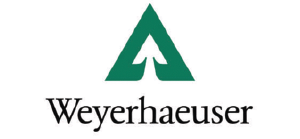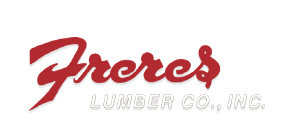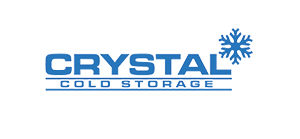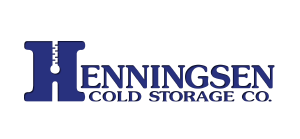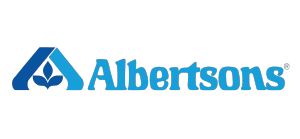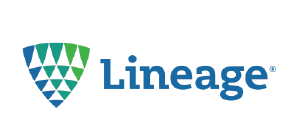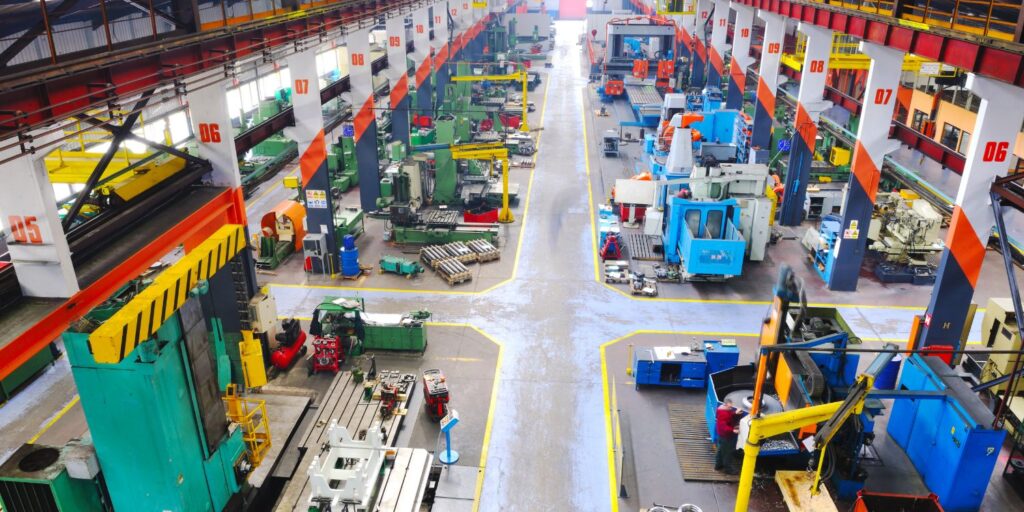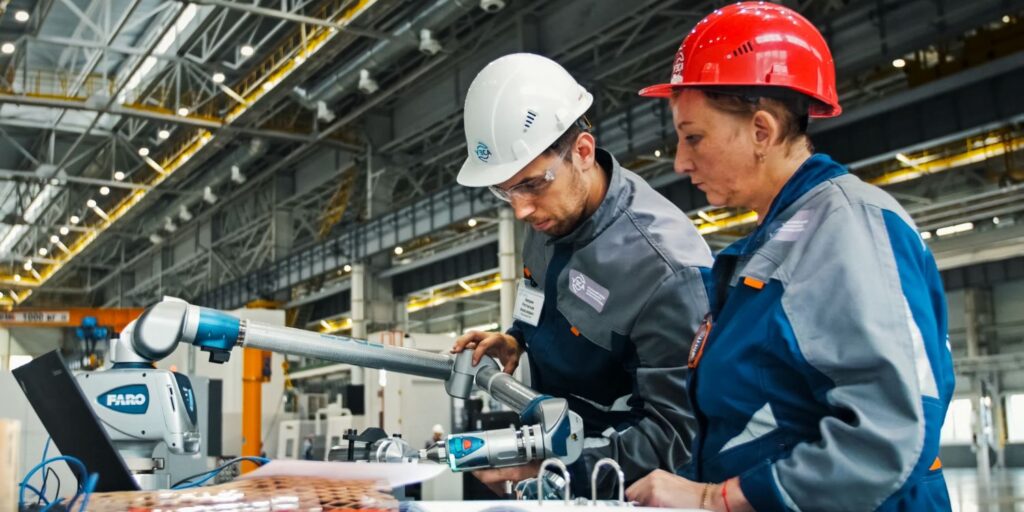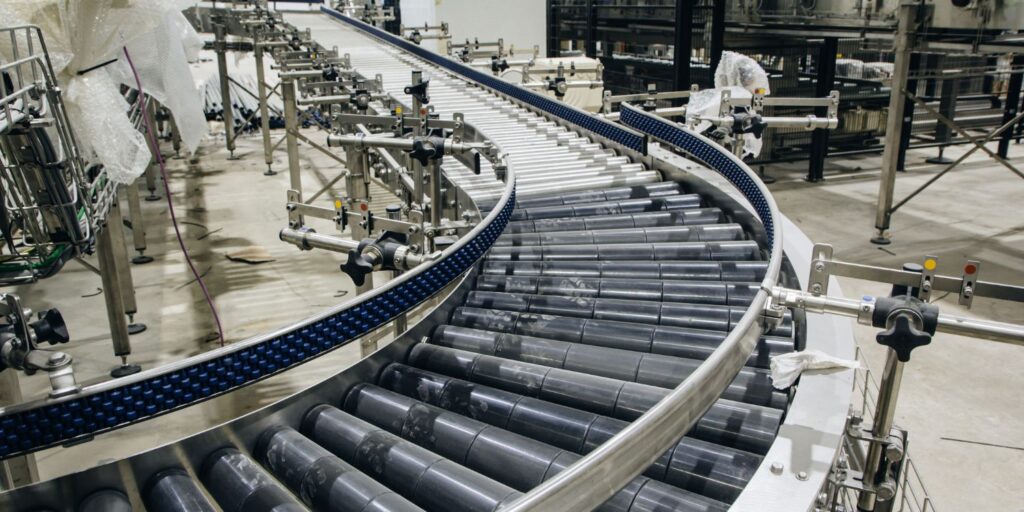Renewable energy projects have become essential in the global effort to reduce carbon emissions and transition to sustainable energy sources. Estimating the cost of capital for these projects is a critical step in ensuring their financial viability and attractiveness to investors. This blog will explore the key factors involved in estimating the cost of capital for renewable energy projects and provide insights into the methods and considerations that impact this process.
Understanding the Cost of Capital
The cost of capital represents the required return necessary to make a capital budgeting project, such as building a new wind farm or solar power plant, worthwhile. It reflects the cost of financing through equity and debt, considering the risks associated with the investment. For renewable energy projects, the cost of capital is influenced by several factors, including market conditions, project-specific risks, and the regulatory environment.
Key Factors Influencing the Cost of Capital
- Market Conditions: The general economic environment and market conditions significantly impact the cost of capital. Factors such as interest rates, inflation, and economic growth influence the cost of borrowing and the returns required by equity investors. In a stable economic climate with low interest rates, the cost of capital for renewable energy projects tends to be lower.
- Project-Specific Risks: Renewable energy projects come with unique risks, including technological risks, resource variability, and project execution risks. For instance, the variability in wind speeds or solar irradiance can affect the predictability of energy production. Investors require higher returns to compensate for these uncertainties, impacting the cost of capital.
- Regulatory Environment: Government policies and incentives play a crucial role in determining the cost of capital for renewable energy projects. Subsidies, tax incentives, and favorable regulatory frameworks can lower the cost of capital by reducing financial risks and enhancing project returns. Conversely, regulatory uncertainty or unfavorable policies can increase the perceived risk and the required return by investors.
- Financing Structure: The mix of debt and equity financing also affects the cost of capital. Debt is generally cheaper than equity because it is less risky for investors. However, high levels of debt increase financial risk and can raise the overall cost of capital. Optimizing the capital structure by balancing debt and equity is essential for minimizing financing costs.
Methods for Estimating the Cost of Capital
1. Weighted Average Cost of Capital (WACC): The WACC is a common method for estimating the cost of capital. It calculates the average cost of equity and debt, weighted by their respective proportions in the overall capital structure. The formula for WACC is:
WACC=(EV×Cost of Equity)+(DV×Cost of Debt×(1−Tax Rate))\text{WACC} = \left( \frac{E}{V} \times \text{Cost of Equity} \right) + \left( \frac{D}{V} \times \text{Cost of Debt} \times (1 – \text{Tax Rate}) \right)WACC=(VE×Cost of Equity)+(VD×Cost of Debt×(1−Tax Rate))
Where:
- EEE = Market value of equity
- DDD = Market value of debt
- VVV = Total market value of equity and debt
- Cost of Equity = Expected return required by equity investors
- Cost of Debt = Interest rate paid on debt
- Tax Rate = Corporate tax rate
2. Capital Asset Pricing Model (CAPM): CAPM is used to estimate the cost of equity. It relates the expected return on equity to the risk-free rate, the equity market premium, and the beta of the investment, which measures its volatility relative to the market. The formula is:
Cost of Equity=Risk-Free Rate+β×(Market Return−Risk-Free Rate)\text{Cost of Equity} = \text{Risk-Free Rate} + \beta \times (\text{Market Return} – \text{Risk-Free Rate})Cost of Equity=Risk-Free Rate+β×(Market Return−Risk-Free Rate)
Where:
- Risk-Free Rate = Return on risk-free securities (e.g., government bonds)
- Market Return = Expected return of the market
- β\betaβ = Measure of the investment’s volatility relative to the market
3. Adjusted Present Value (APV): APV is an alternative approach that separates the value of the project as if it were all-equity financed from the value of financing benefits such as tax shields. This method is particularly useful for projects with complex financing structures.
Application to Renewable Energy Projects
Applying these methods to renewable energy projects requires careful consideration of the specific risks and characteristics of the project. For instance, the cost of equity for a solar power project may differ from that of a wind power project due to differences in resource variability and technological maturity. Additionally, government incentives and subsidies can significantly impact the WACC by reducing the cost of debt and equity.
Estimating the cost of capital for renewable energy projects is a multifaceted process that involves analyzing market conditions, project-specific risks, regulatory environments, and financing structures. By accurately assessing these factors, investors and project developers can determine the required return on investment and make informed decisions about the financial viability of renewable energy projects.
Crow Engineering offers expert consulting services to help you navigate the complexities of financing and ensure the success of your renewable energy investments. Contact us to learn more about Crow’s services for Capital Cost Estimation for renewable energy projects.
Who are we?
Crow Engineering is a multi-discipline consulting engineering firm serving mechanical, structural, and civil engineering needs for a variety of industries.
Engineering Services
the crow connection
Recent News
The Crow Connection delivers high-level insights on engineering, automation, and process optimization, helping you drive efficiency and innovation. Covering topics like AI-powered automation, manufacturing strategies, and industrial process improvements, it’s a must-read for leaders seeking a competitive edge.

